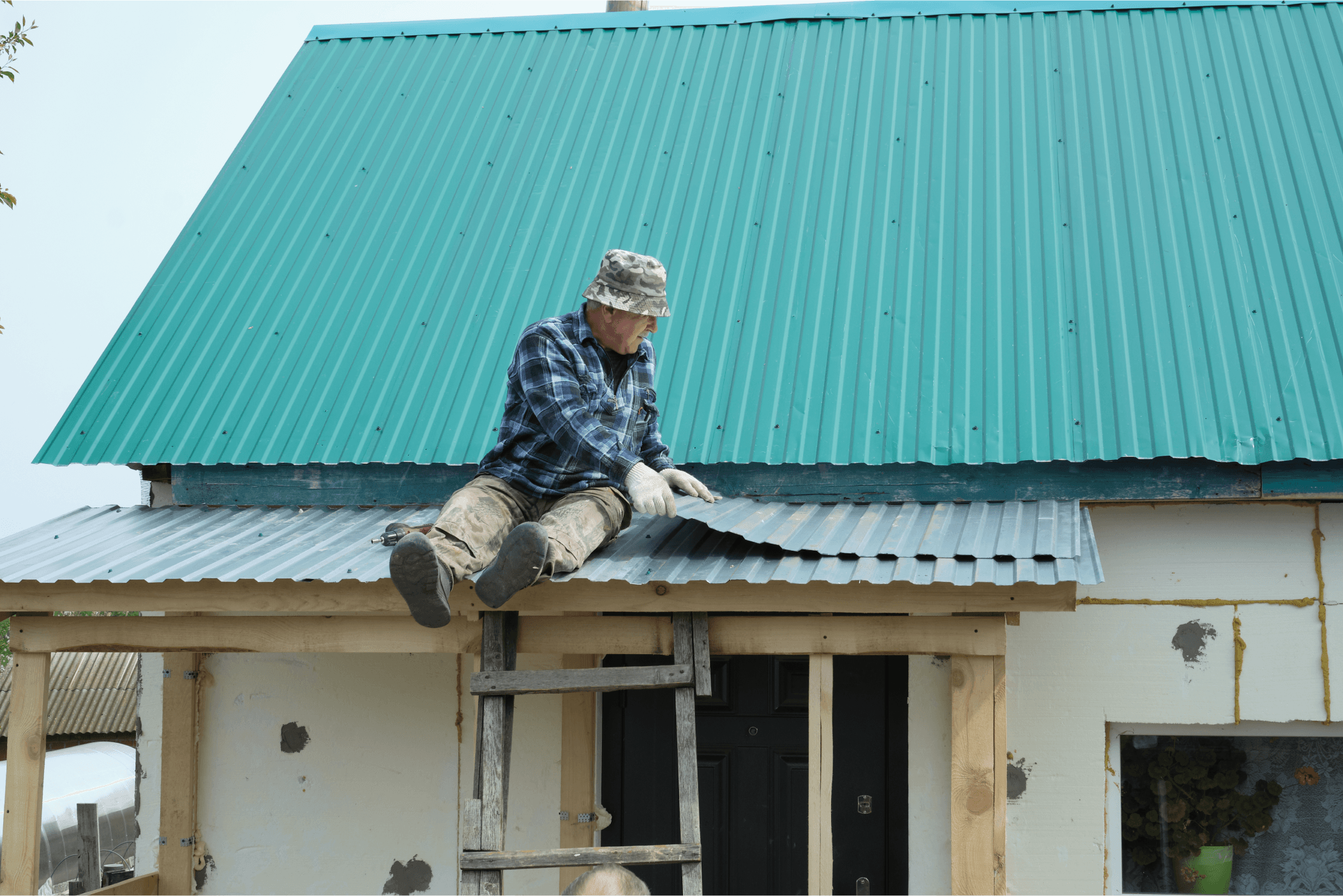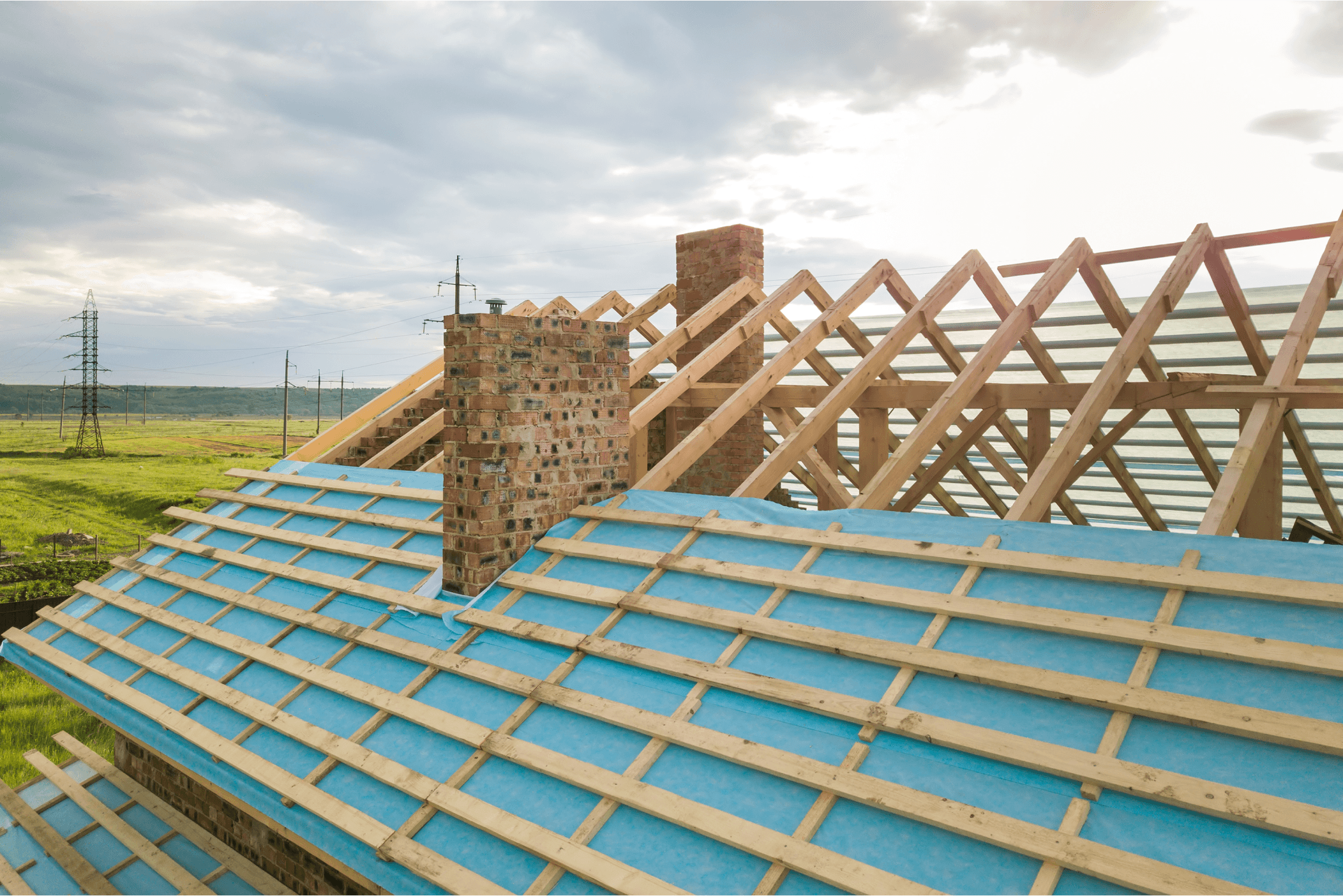Understanding Roof Warranties: What’s Covered and What’s Not
A roof warranty protects your investment, but understanding the coverage details is essential.
Types of Roof Warranties:
Manufacturer’s Warranty – Covers material defects.
Workmanship Warranty – Covers installation errors.
Extended Warranty – Additional protection for long-term performance.
What’s NOT Covered?
✖ Improper installation by unqualified contractors.
✖ Storm damage or natural disasters.
✖ Lack of maintenance leading to deterioration.
What is a Roof Warranty?
Definition: A written guarantee provided by the manufacturer or contractor, ensuring the roof’s performance for a specified period.
Coverage Scope: Can include defects in materials, workmanship, or both, depending on the policy.
Types of Roof Warranties:
Manufacturer’s Warranty:
What’s Covered: Defects in roofing materials and premature deterioration.
Limitations: Doesn’t cover installation errors or damage from external factors.
Workmanship Warranty:
What’s Covered: Installation quality and labor-related issues.
Limitations: Often limited in duration and subject to maintenance requirements.
Extended or Combination Warranties:
What’s Covered: A blend of material and workmanship defects.
Considerations: May have specific exclusions and conditions that must be met.
What’s Not Covered:
Improper Installation: DIY repairs or using unqualified contractors can void your warranty.
Neglect and Poor Maintenance: Failure to follow recommended upkeep procedures may result in uncovered damage.
Natural Disasters: Most warranties exclude damage caused by severe weather events, earthquakes, or other acts of nature.
Regular inspections and professional installations ensure your warranty remains valid.



